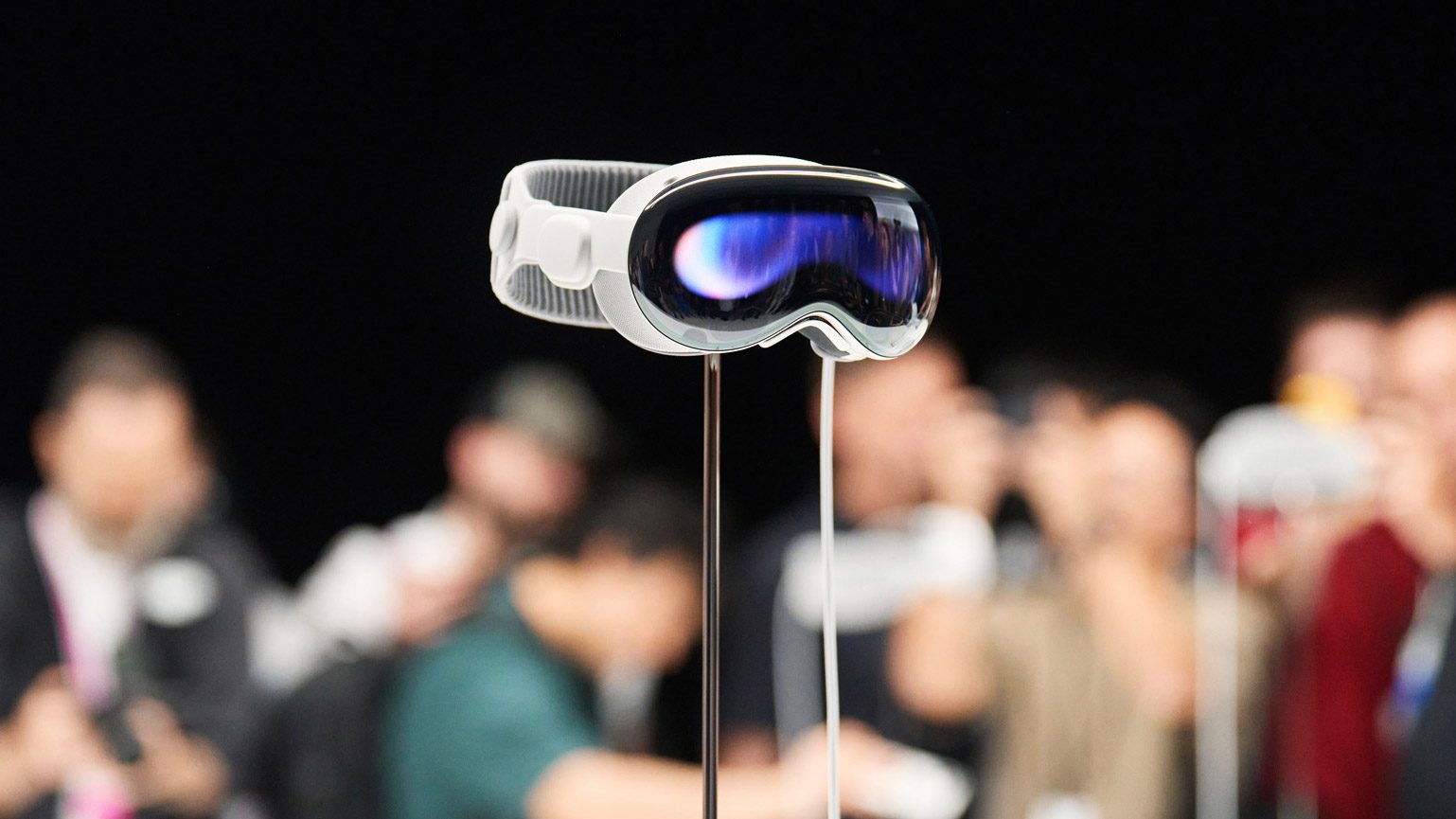Apple may be taking a beat before it releases a cheaper follow-up to Vision Pro, which would more broadly appeal to consumers, instead releasing a hardware refresh next year that includes the new M5 chipset.
According to independent tech analyst Ming-Chi Kuo, Apple has delayed the cheaper version of Vision Pro “beyond 2027”. Kuo, who is a respected figure in Apple supply chain leaks, claims in an X post that “Apple’s only new head-mounted display device in 2025 will be the Vision Pro with an upgraded M5 processor.”
“I think what really drove Apple to delay the cheaper Vision Pro is that simply reducing the price wouldn’t help create successful use cases,” Kuo maintains. “It’s similar to the HomePod situation—even after launching the cheaper HomePod mini, Apple’s smart speakers failed to become mainstream products.”

This comes in sharp contrast to a previous report from The Information in June that alleged Apple was charging ahead with a single, more affordable headset for release in 2025—let’s call it ‘Vision SE’, and leaving a more powerful ‘Vision Pro 2’ for later release.
Granted, there’s no way of knowing exactly what Apple is planning to do, as the Cupertino tech giant is famous for seeding would-be leakers with misleading bits of information in effort to catch them, so reports of the ilk should be taken with a heaping handful of salt.
Still, Kuo’s claim that Apple is pushing forward with what will surely be an equally expensive hardware refresh to the $3,500 Vision Pro may not be so farfetched.
In the midst of recent supply chain rumors claiming Apple has sharply slowed Vision Pro production, Apple CEO Tim Cook was keen to remind doubters in a concurrent Wall Street Journal interview that Vision Pro isn’t “a mass-market product.”
“Right now, it’s an early-adopter product,” Cook told the WSJ. “People who want to have tomorrow’s technology today—that’s who it’s for. Fortunately, there’s enough people who are in that camp that it’s exciting.”
Provided Kuo’s claim is true, it would signal a decisive shift in the company’s release strategy, leaving the next Vision Pro to carry on its legacy, again putting the headset in the odd position of being both too expensive for general consumers, and too niche for a large swath of third-party developers to consider it a viable money-making platform, like Meta’s Quest platform is today.
– – — – –
Meanwhile, the XR competitive landscape is changing at a pretty fast clip. After the release of Meta’s $300 mixed reality Quest 3S, we’re still waiting to hear more about the company’s next big move to release a fleet of third-party OEMs running Horizon OS, which is ostensibly in service of Meta’s bid to become the “open” XR platform to Apple’s closed garden XR ecosystem.
Meanwhile, Google has signaled its preparing support for XR headsets on Google Play, which could portend the long-awaited Samsung/Google/Qualcomm headset that rumors suggest may try to compete with Vision Pro.







